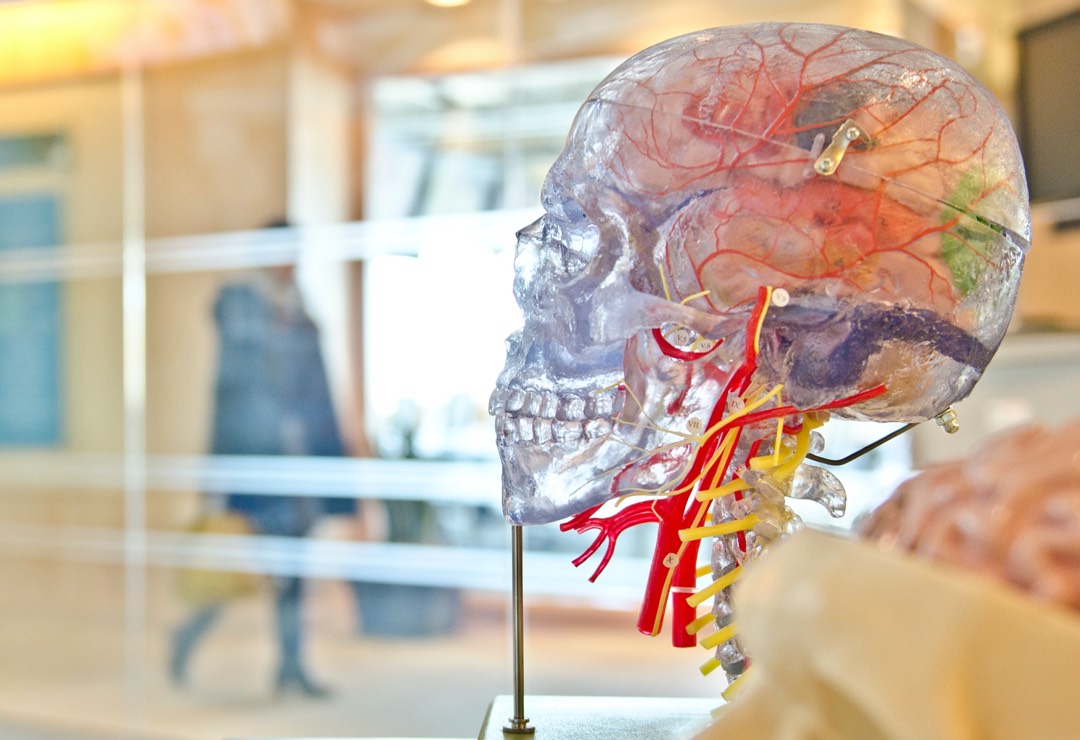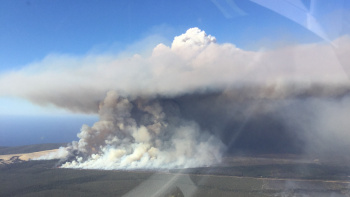
South Australian Science Teachers Association
Bushfire Safety Tips for your Poster entry
Posted by Oliphant Science Awards
on 11/06/2021

by Chris Sedunary and Belinda Dunbar, CFS
Chris and Belinda from the CFS have put together some helpful hints for students making a 2021 poster entry about bushfire safety.
You and your family's safety and survival during a bushfire can depend on how prepared you are, and the decisions you make. You can find out a lot of information on how you can reduce the impact of bushfires and increase your safety at https://cfs.sa.gov.au/home
There are several actions you can take to ensure you can be as safe as possible before, during and after a bushfire or emergency.
Bushfire Planning and knowing bushfire behaviour
Every year there are 756 bushfires on average throughout South Australia. About 67% are in the most densely populated areas like the Mount Lofty Ranges.
One of the most important things to do before summer starts is to plan what you will do as a family and at your home. This includes preparation before, during and after a bushfire. There is a lot of science involved in bushfires. This includes knowing key influences for bushfire such as fuel loads and ambient temperatures, and activities which can start fires. By considering these aspects when planning and working out how to reduce your bushfire risk, you are helping to keep yourself and your family a lot safer.
Emergency Warnings and Messages
One of the most important parts of any disaster is getting the right information out to people quickly to help them make decisions about their own safety. Because fires can be fast moving and dangerous it is important that warnings are very clear and written in such a way that people can understand them so that they take the right action. A scientific approach and understanding of Psychology has been used to research how people read and understand warning messages in dangerous situations and this informs how the messages are structured.
Bushfire Safer Places
The CFS designates areas called Bushfire Safer Places which are areas that have been deemed to provide some level of protection from the heat and flames of a bushfire. These are the safest places to be during a bushfire. The way these areas are determined is by measuring how much vegetation is in an area and doing a calculation of how hot a fire would be if that vegetation burned. Using physics and an understanding of heat transfer, heat radiation, and energy we can work out how far away you would need to be from the vegetation to not burn from the heat radiation.
Hopefully these three examples point out some links that you may not have thought of and help you see other ways in which science helps us make decisions in the real world and keep people safer!
We are proud to have The SA Country Fire Service and Australian Institute for Disaster Resilience as our Poster Category sponsor this year!
You can view all the 2020 Poster winning entries here.
Archive
- January 2026
- December 2025
- November 2025
- October 2025
- September 2025
- August 2025
- July 2025
- June 2025
- May 2025
- April 2025
- March 2025
- February 2025
- January 2025
- December 2024
- November 2024
- October 2024
- September 2024
- August 2024
- July 2024
- June 2024
- May 2024
- April 2024
- March 2024
- February 2024
- December 2023
- November 2023
- October 2023
- September 2023
- July 2023
- June 2023
- May 2023
- April 2023
- March 2023
- February 2023
- January 2023
- December 2022
- November 2022
- October 2022
- August 2022
- July 2022
- June 2022
- May 2022
- April 2022
- March 2022
- February 2022
- January 2022
- December 2021
- November 2021
- October 2021
- September 2021
- August 2021
- July 2021
- June 2021
- May 2021
- April 2021
- March 2021
- February 2021
- January 2021
- December 2020
- November 2020
- October 2020
- September 2020
- August 2020
- July 2020
- June 2020
- May 2020
- April 2020
- October 2018
- September 2018
- August 2018
- July 2018
